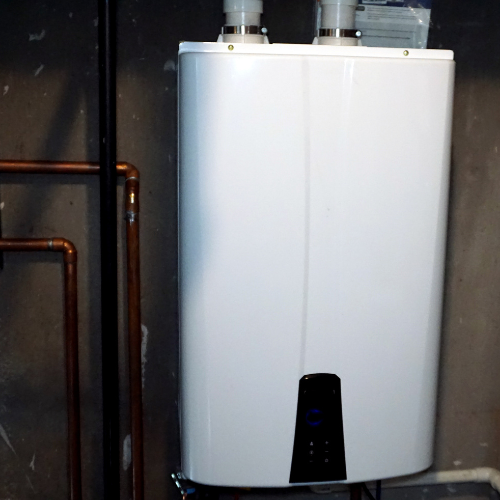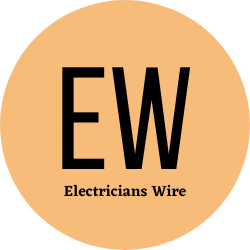How Do Electrical Heaters Work?
by siteadmin

An electrical heater is a device that converts electricity into heat energy. The heat energy can be used to warm up a room or to perform other functions like cooking, water heating etc. Electric heaters can be found in homes, offices or other industrial areas. These devices are quite efficient and are also cheaper to operate than other types of heating systems. This is because they require less infrastructure and do not depend on a gas supply.
The working principle of an electric heater is quite simple. The heating element in the device is made of metal and is insulated from the outer casing. When an electric current passes through the element it generates heat which then radiates to warm up the surrounding air. This is done using the principle of Joule heating. This is the process where electrical energy is converted to thermal energy using a resistor.
There are many different types of heaters available on the market today. These include fan forced, convection and radiant heaters. Each type has its own advantages and disadvantages. For instance, electric radiant heaters are very versatile and can be used to heat up the entire room or to heat a single room. They also offer easy maintenance as they have no ducts. These heaters are usually used in commercial applications as they are easy to operate and can provide instant heat. They are often used in bathrooms and kitchens. However, they are not recommended for long-term use due to the fact that they can cause a lot of dust and ash inside the room.
On the other hand, fan forced electric heaters use an electric fan to speed up the flow of air and are better suited for indoor use. These are more effective than other types of electric heaters, but they can be noisy and may pose a safety risk if they make unintended contact with furnishings.
Convection electric heaters are also popular and work by leveraging the natural movement of hot and cold air to transfer heat. This can be done either through forced or free convection. Forced convection uses an electric fan to accelerate the movement of air. Free convection works by the natural buoyancy of hot air rising and cooling as it spreads out.
There are also a number of different ways that electric heaters can be controlled. For example, smart electric heaters can be connected to the internet and controlled via an app on a smartphone or through voice control systems such as Amazon Alexa or Google Assistant. This makes it possible to micro-manage your heating from anywhere at any time.
The most common method of heating an object using an electric heater is through conductive convection. This is when the object is heated up through direct contact with a heating element. This is the same way that a radiator or kettle works. There are two types of cores used in these electric heaters; oil-filled or dry. An electric heater with a dry core is much smaller than a radiator or a kettle as the element is only contained within the protective sheath of the device.
1236 Fuller St, Philadelphia PA 19111
An electrical heater is a device that converts electricity into heat energy. The heat energy can be used to warm up a room or to perform other functions like cooking, water heating etc. Electric heaters can be found in homes, offices or other industrial areas. These devices are quite efficient and are also cheaper to…
Recent Posts
- Best Electrician Huntsville: Your Trusted 24/7 Electrician in Huntsville, AL
- Abilene Electricians: Setting the Standard for Excellence in Electrical Services
- Harnessing the Sun: The Rise of Solar Companies in El Paso
- P2 Electrical Contracting LLC Revolutionizes Electrical Solutions
- Best Electrician Huntsville Continues to Shine
